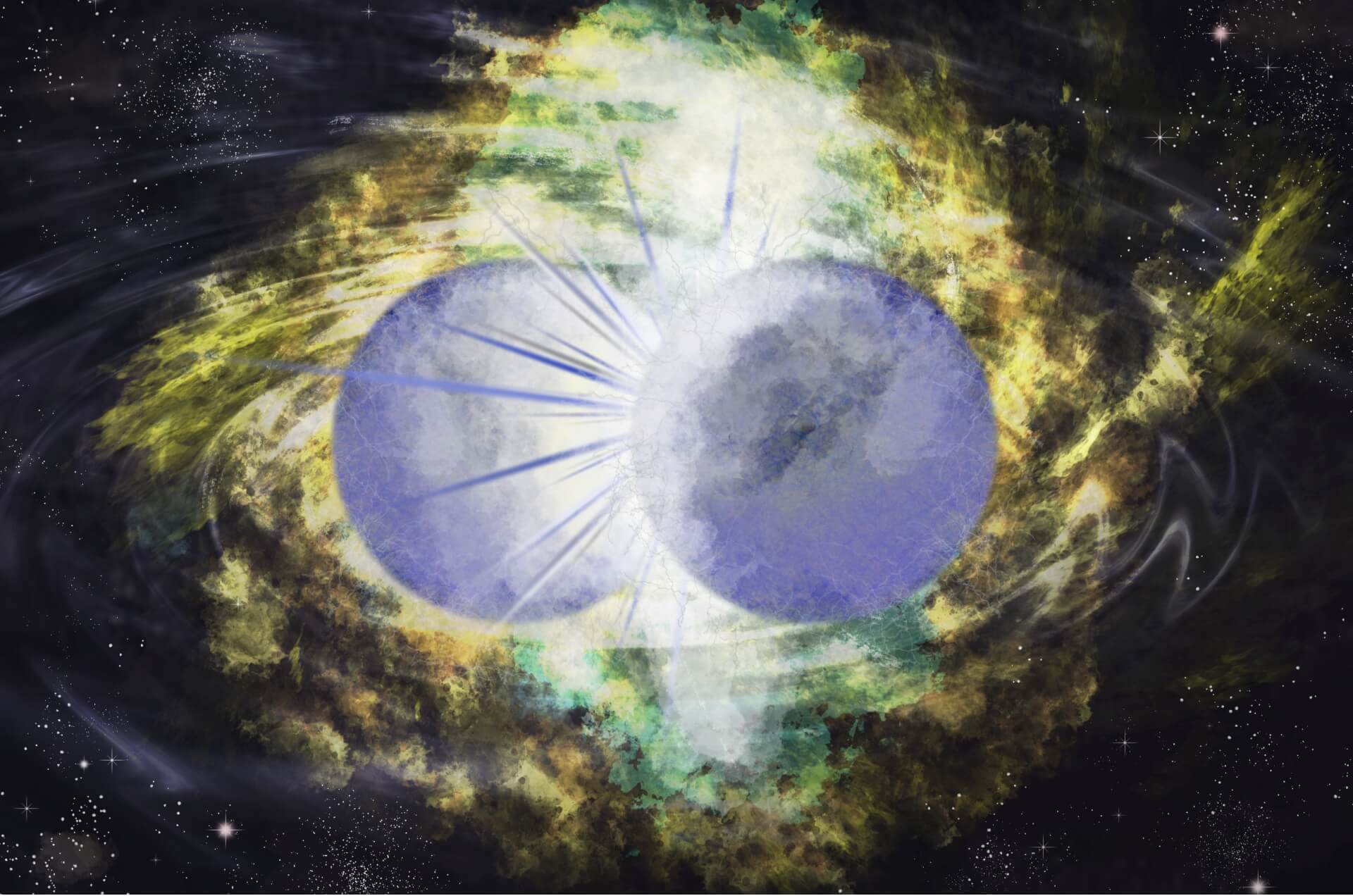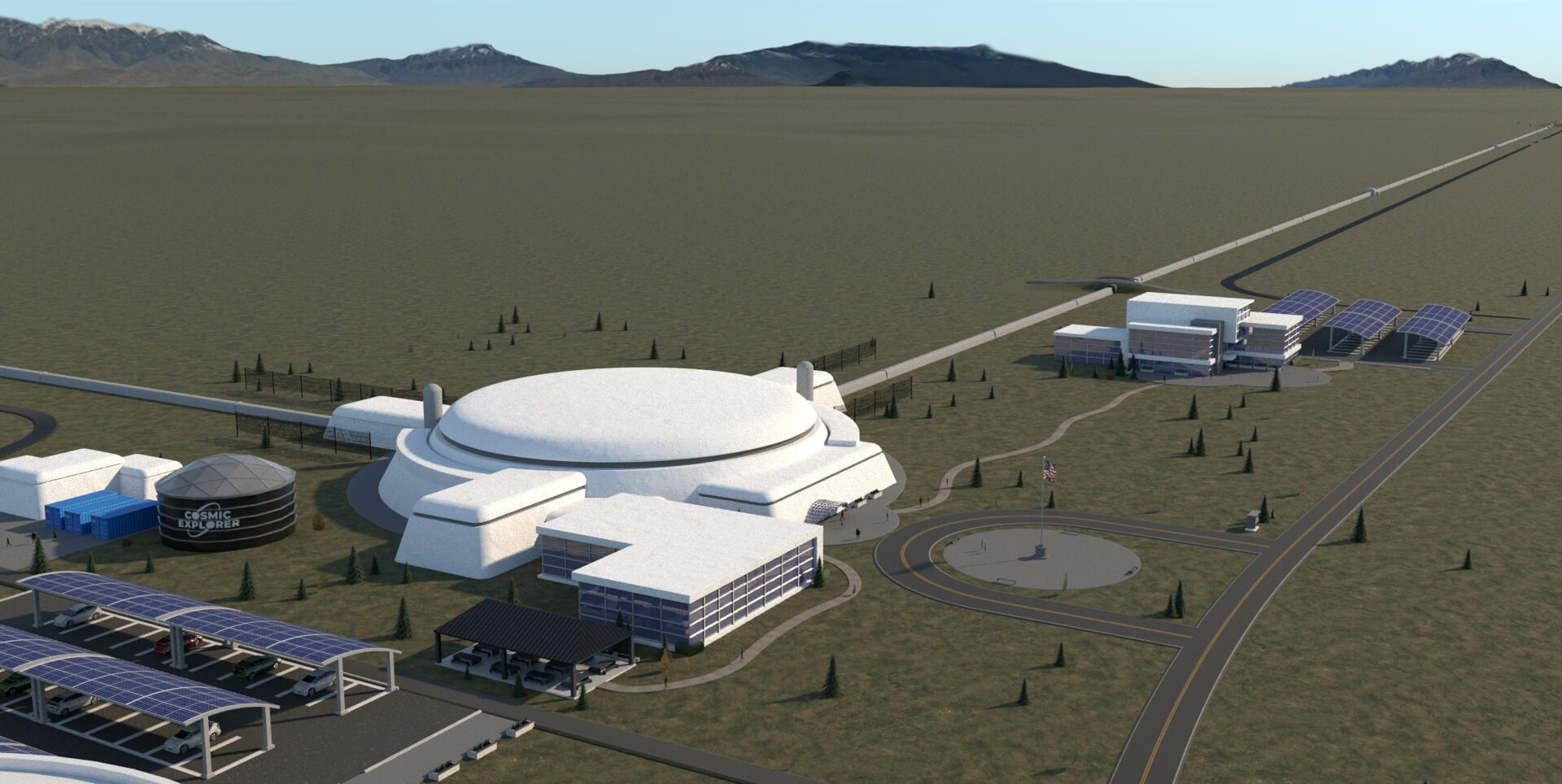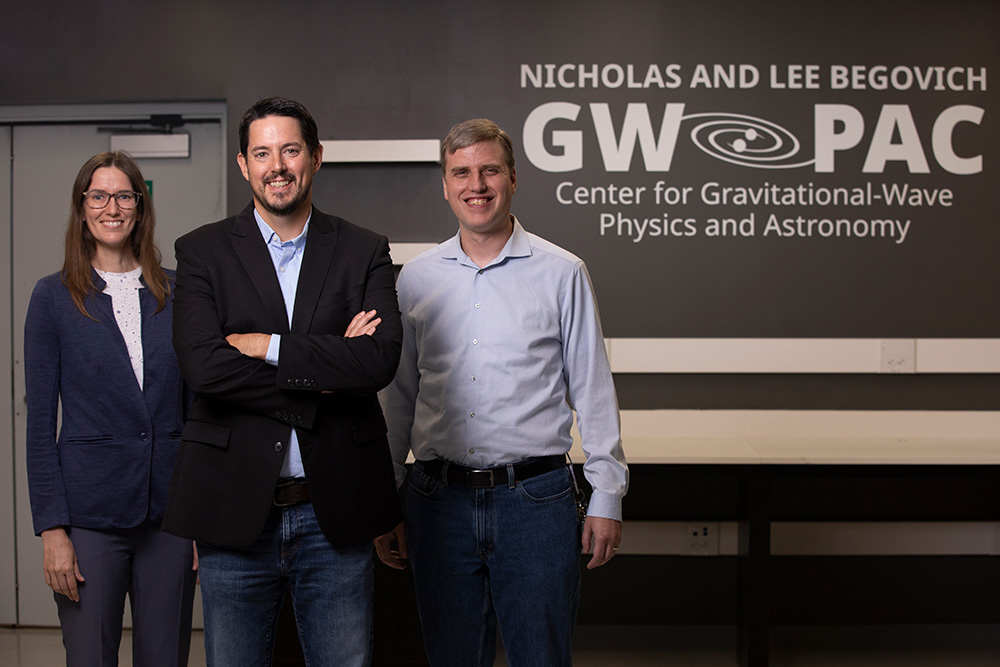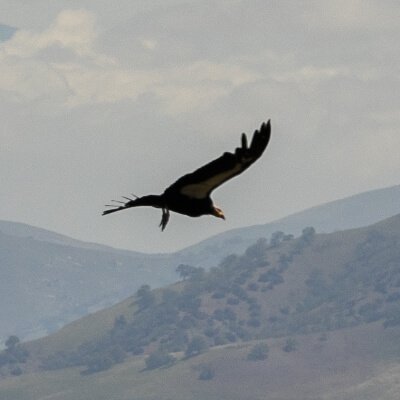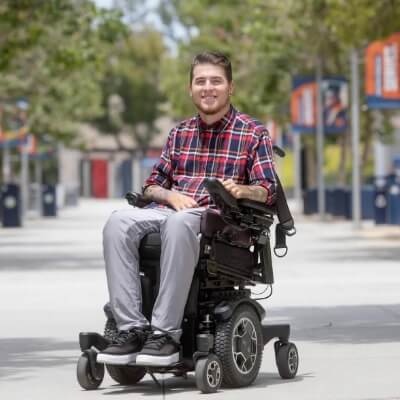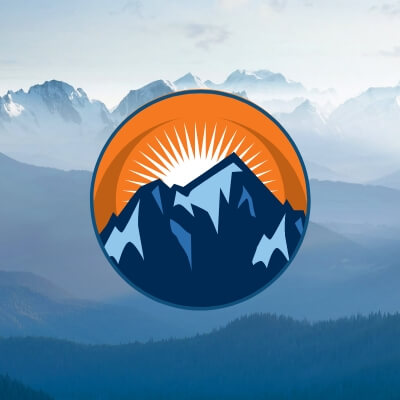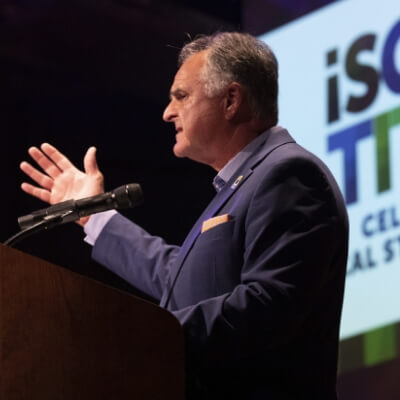Like Galileo’s first telescope to spy celestial objects and record discoveries, Cal State Fullerton’s physicists are barely scratching the universe to find out more about mysteries of the cosmos through gravitational-wave observations.
We’ve seen amazing things so far, but it's just the beginning.
These waves, which can offer insight into the evolution of the universe, are produced from extreme cataclysmic events like powerful and massive colliding black holes, binary neutron stars and black hole-neutron star systems.
To extend humanity’s gravitational-wave view from the first nearby discoveries to across the history of the cosmos, the CSUF researchers and their students are now on the ground floor of designing the new Cosmic Explorer — the next-generation gravitational-wave observatory in the United States.
“We have this incredible opportunity to be part of the United States’ next scientific megaproject in gravitational waves,” says Joshua Smith, professor of physics and Dan Black Director of Gravitational-Wave Physics and Astronomy.
“We can help chart the course of the development and design of Cosmic Explorer — and contribute to some of the most fundamental scientific and technical challenges that will need to be addressed for Cosmic Explorer to succeed.”
With 10 times the sensitivity of Advanced LIGO’s two existing U.S. observatories, Cosmic Explorer promises to peer deeply into the universe’s dark side, observe black holes and remnants of the first stars across cosmic time, measure space-time with unprecedented precision, and open a wide discovery aperture to the novel and unknown.
“Through advances in technology, we can help the detectors to see even farther out into the universe and further back in time,” Smith adds.
Since the thrilling first detection of gravitational waves in 2015, the physicists and their students — part of the international LIGO Scientific Collaboration — have played leading roles in gravitational-wave discoveries.
“We’ve seen amazing things so far, but it's just the beginning. We want to push our gravitational reach to the edge of the universe,” says Geoffrey Lovelace, professor of physics.
Advancing Exploration
of the Cosmos
With better sensitivity and higher precision than the existing observatories, Cosmic Explorer will provide a view of the early universe like NASA’s newly operational James Webb Space Telescope. The powerful telescope has dazzled the world with its spectacular first images of the universe.
“Cosmic Explorer will see far enough across the universe to look back in time to the era when the first black holes and neutron stars had formed from the very first generation of stars in the universe, known as Population III stars,” Smith points out.
